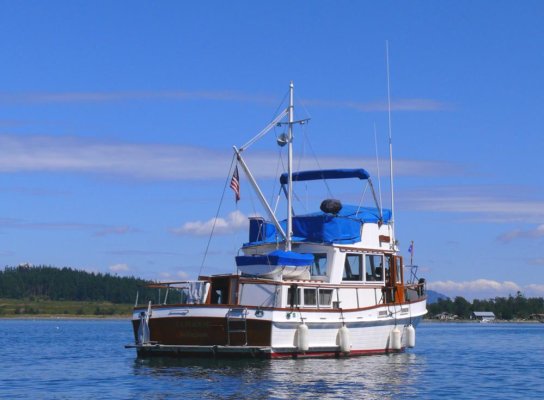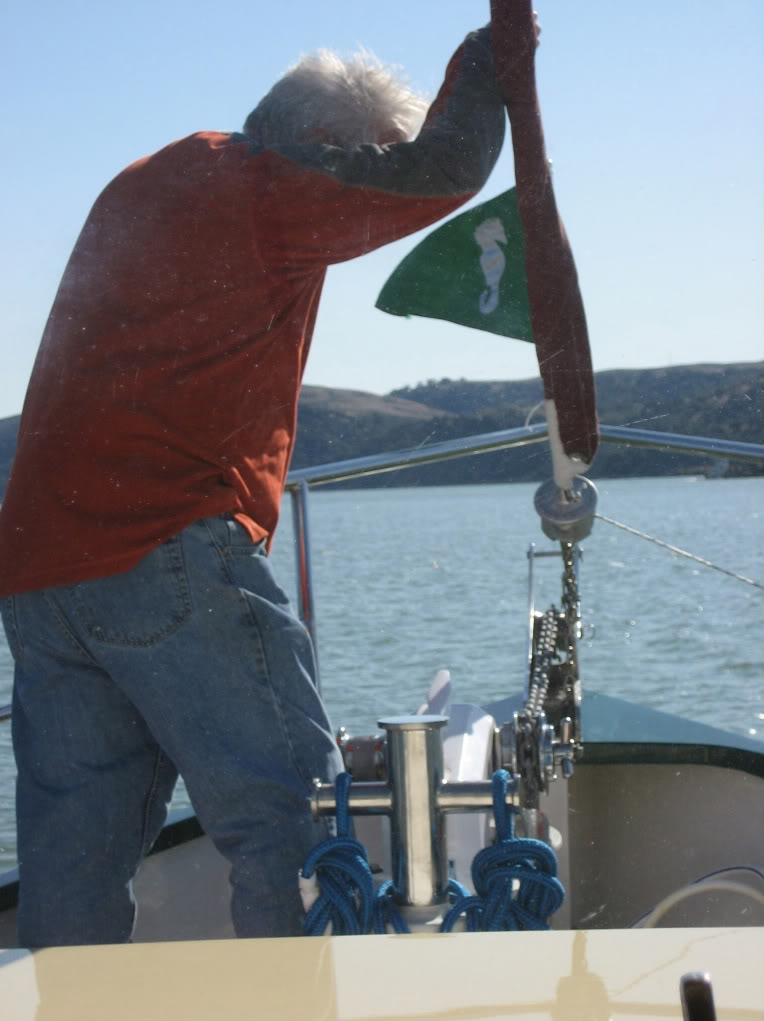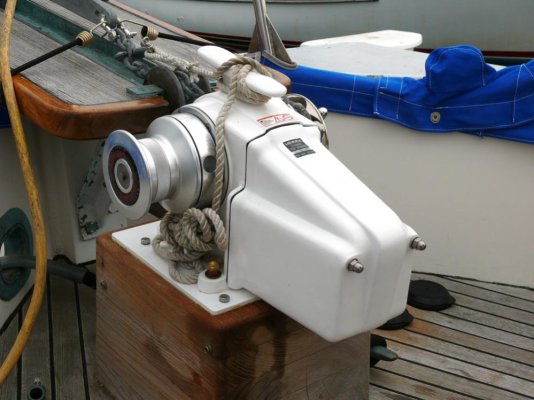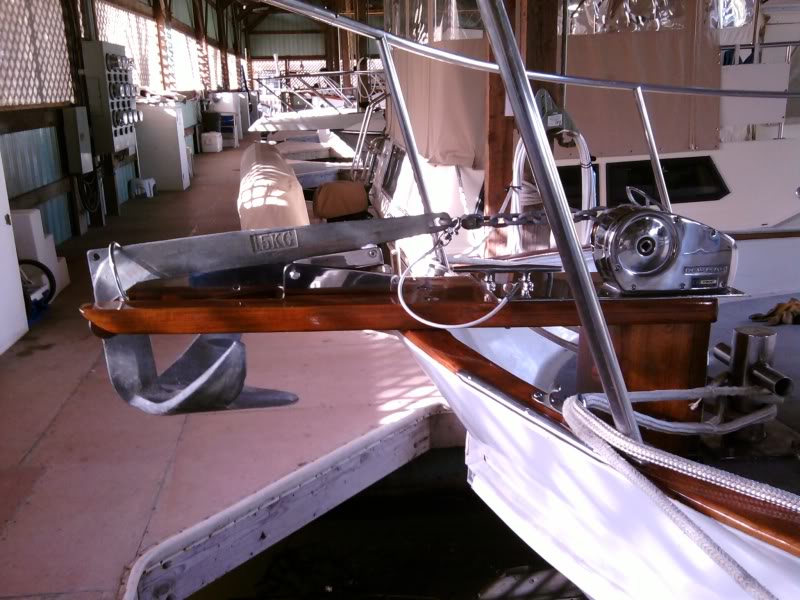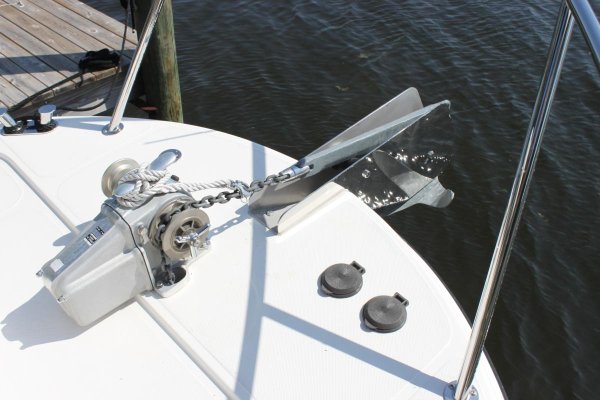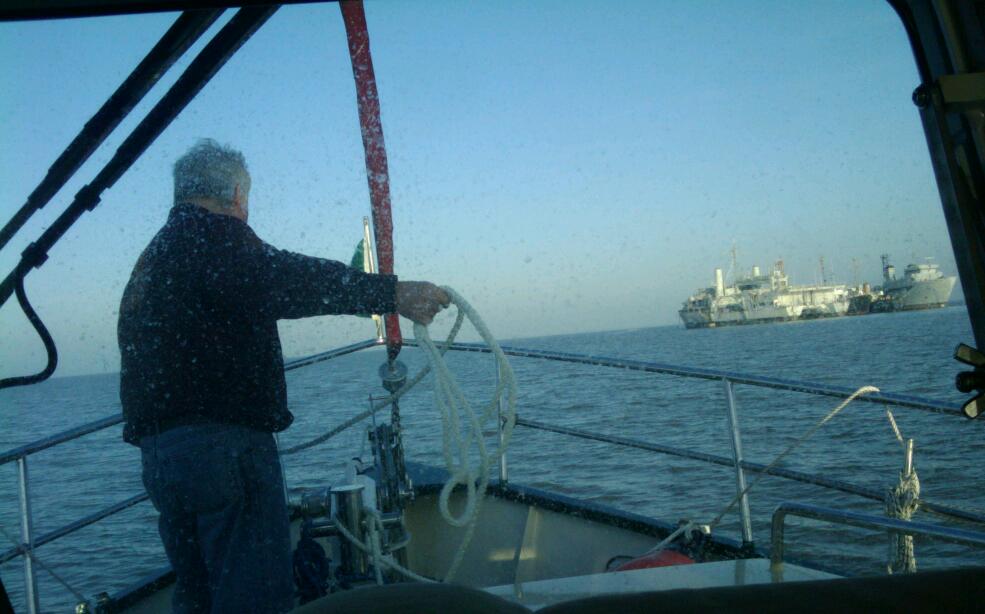honeybadger
Senior Member
- Joined
- May 20, 2012
- Messages
- 194
- Location
- USA
- Vessel Name
- HoneyBadger
- Vessel Make
- 1990 Harkers Island Trawler Typical wooden hull with a Carolina flare and no deadrise at the stern
I had this anchor on my 28ft Wellcraft and it worked great however on my trawler is looks small for some reason. The trawler is 24ft 10 ft beam and shallow draft about 28 inches, she only weighs in around 7500 lbs not sure how much more i have added. the anchor i have now is a Lewmar 22lb. Claw Anchor for Boats 31'–35', 21-1/4"L x 14-3/16"W x 11-1/4"H - I also have a 22lb. Traditional Anchor, 28' to 40' Boat Length, 1,500lb. SWL, 35-1/2"L x 27-1/4"W, 18-1/2" Fluke Length both have the same chain and line combo. the claw anchor seems to set faster and harder than the Traditional Bruce anchor. and when the windless brings it in, it is self righting and never needs any attention as i have a automatic lock on the chain.Around here we have mostly sandy bottoms but i do cruise down the coast into Fla. Any input would be Great.

